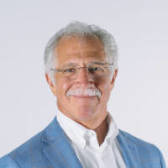You don’t have to work in the restoration industry to notice that natural disasters and catastrophic weather events are seemingly becoming more common. But when you do work in restoration, paying attention to the shifting nature of these events is more than something we simply take note of--it’s a core part of staying prepared for the job.
According to data collected by NOAA’s National Centers for Environmental Information and reported on Climate.gov, “the U.S. experienced more than twice the number of billion-dollar disasters during the 2010s than the 2000s decade: 119 versus 59.” These numbers may be surprising, but they aren’t difficult to believe, especially when you consider the record-breaking year 2020 has already been. With more than 100 wildfires actively burning in the Western U.S., an already-historic Atlantic hurricane season, and all of this occurring against the backdrop of the global COVID-19 pandemic, the current landscape suggests the billion-dollar disaster trend will continue into the 2020s.
As the prevalence of natural disasters is apparent, it continues to shine a light on the significance of the restoration industry and the work we do in the aftermath of these events. And while not every major weather event and disaster that we respond to is a billion-dollar disaster, these billion-dollar disasters are almost always the ones that require a national-level response to handle the widespread catastrophic damage they cause. As this widespread damage becomes more frequent, more and more restoration companies will need to prepare to take on widespread responses.
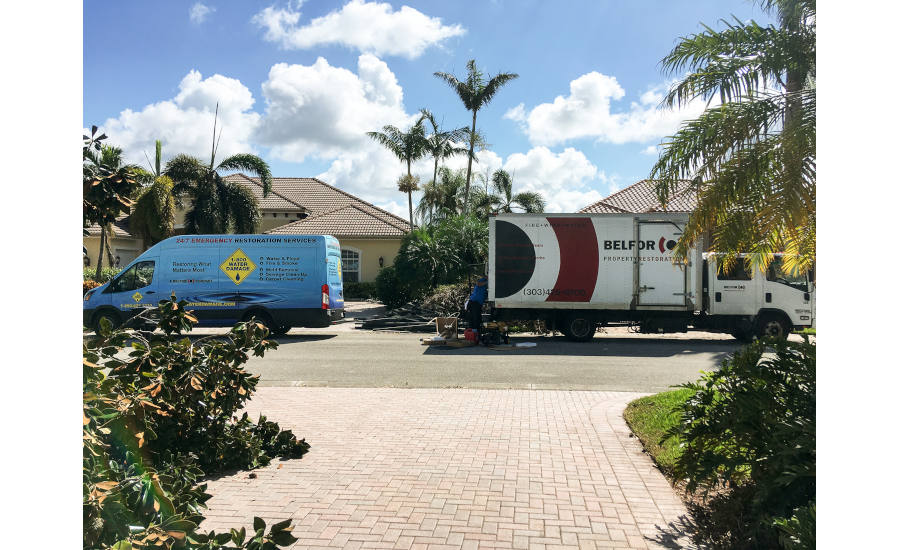
At BELFOR Franchise Group, our DUCTZ and 1-800 WATER DAMAGE brands are specifically structured and equipped for these kinds of national-scale catastrophe (CAT) responses. Two of our most notable mobilizations, in terms of billion-dollar disasters, were for Hurricanes Harvey and Irma in 2017. Due to the widespread destruction each storm caused, both Harvey and Irma are ranked among the top five costliest billion-dollar disasters in the U.S. With our responses to these major hurricanes, and all of the regional and national mobilizations since, we’ve pushed ourselves to grow and become better, not just for our franchise family, but for the sake of our clients, too.
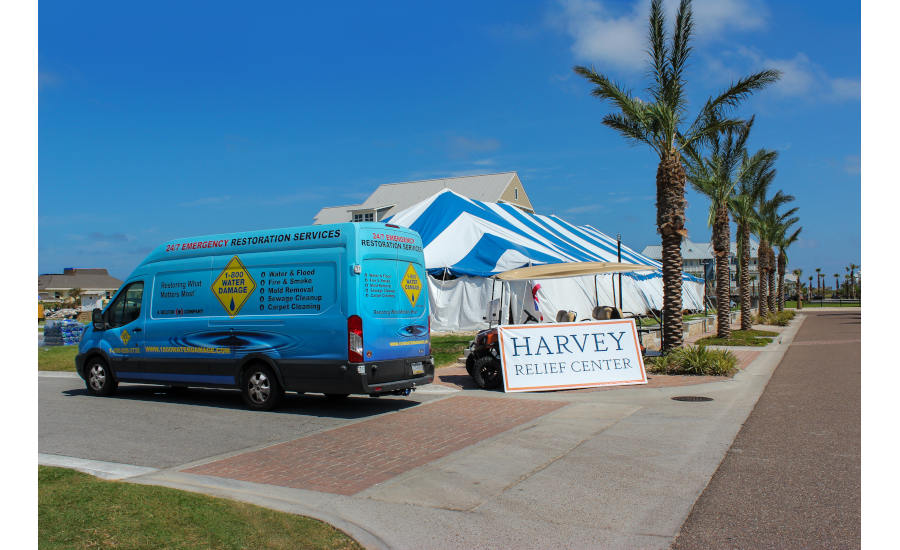
Here are four things we’ve learned throughout our experiences that can help every restoration business succeed during a catastrophe response.
1. Planning Your Response Areas - Have a roadmap of what & where.
Any company’s capacity to handle a disaster response depends on the strength of its resources and relationships. Going to a catastrophe zone with no clear idea of where to go only creates more chaos, so having a roadmap of the work you’ll be doing is imperative for the sake of efficiency and reliability. This is where relationships with vendors, TPAs, and insurance companies make all the difference. If you’ve taken the time to establish these relationships in your day-to-day work, they can become instrumental when it comes to successfully coordinating a disaster mobilization. Contacting these partners before the storm hits can help you plan out equipment, supplies, geographic areas, what jobs you’ll be handling once you’ve arrived, and more.
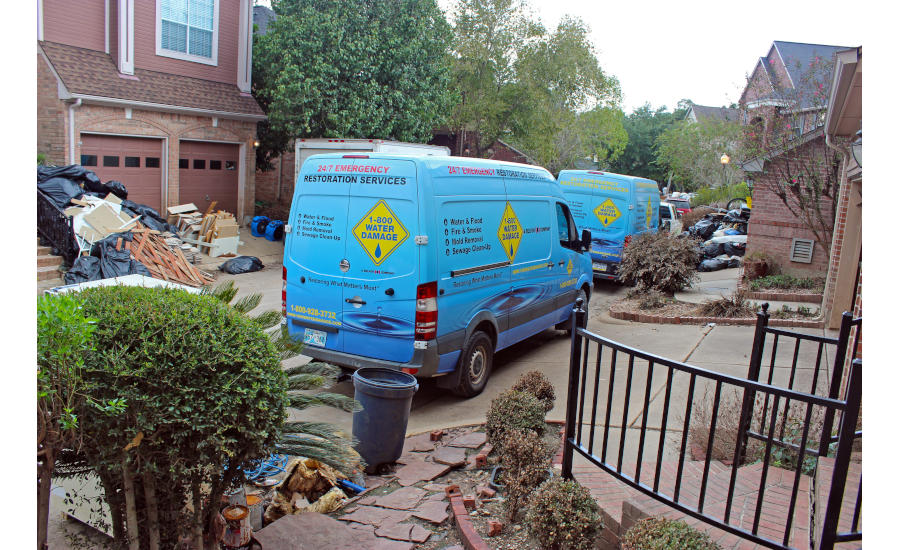
2. Working Together - There’s strength in numbers.
There’s no such thing as individual offices when responding to events the size and scale of billion-dollar disasters. Successful catastrophe response hinges entirely on coordination with the whole company and all available resources. I’ve talked before about the power of a multi-brand company, and one of the biggest benefits of franchise businesses is having a built-in network of trusted people, vehicles, and equipment that can band together for large-scale mobilizations. In the case of major hurricanes, preparing the entire network ahead of time is critical for implementing a timely response. When national, regional, and local teams are already used to communicating and working for the same brand, it makes it much easier to ensure everyone is on the same page and ready to move as a single team as soon as the storm passes.
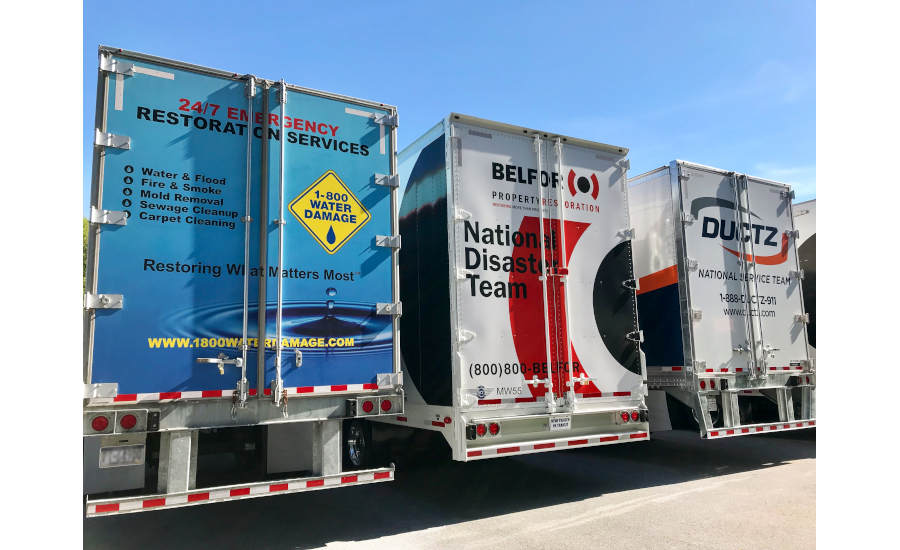
3. Company Culture & Morale - Get through tough times together.
How well a team works together can make or break the success of that company’s catastrophe response. Between long days of backbreaking work, difficult circumstances, and crews being away from their families for weeks at a time, tensions are bound to run high. Obstacles like this are inevitable, but company culture plays a big role in the team’s ability to overcome them. Practice strong leadership, embrace open communication, build support systems, commit to brand values, and share common goals. All of these things can boost morale when it’s needed most, and they also help foster a brand-wide sense of family.
4. Technical Experts & Support Staff - Prepare to learn.
There’s no way to fully prepare for the scale of damage caused by major hurricanes and other natural disasters until you’ve experienced one. This is the best possible training a restoration professional can get, even for industry veterans. The key to creating an invaluable, hands-on learning environment is including technical experts and support staff as part of your disaster response team. Because every major weather event presents unique circumstances, there are going to be plenty of “unknowns” that arise on jobs. Having your in-house experts onsite to coach through those teachable moments helps every member of the team build their expertise and perform top-quality work, not only while mobilized for the CAT response, but also once they return to their home markets.
The Importance of Success
A successful catastrophe response is at the foundation of maintaining the highest quality of work for clients, and as the frequency of major weather events and billion-dollar disasters increases, we must rise to the occasion. Because no matter how much the industry may change with every natural disaster--especially when it’s in the midst of a pandemic--the importance of the work we do remains the same. As restoration professionals, we’re built to adapt and equipped to navigate the combined challenges of natural disasters and the COVID-19 crisis, but the average homeowner remains far less prepared to manage such events.
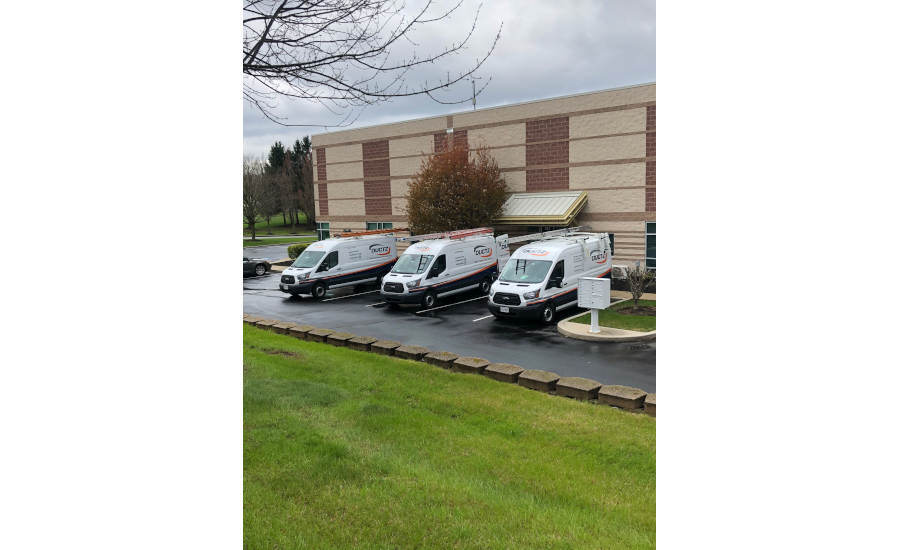
For the third year in a row, BELFOR Holdings, Inc.--which includes both BELFOR Franchise Group and BELFOR Property Restoration--conducted an independent, national survey of homeowners and renters across the U.S. to measure their disaster preparedness. This year’s survey found that 75% of Americans do not feel they are well prepared for natural or manmade disasters. The survey results also revealed that over a quarter (28%) of all respondents had lived through a disaster that affected their home, most often resulting in structural damage, and 65% of those respondents used a professional outside service to repair the damage.
So, while the survey may not have specified “billion-dollar disasters,” for homeowners and communities who are impacted by a billion-dollar disaster, the need for professional restoration services in the aftermath of those disasters is almost guaranteed. This is why we must be prepared for catastrophe responses and always working to improve our capabilities during these events. Because finding ways to continually improve is never just about getting the job done, it’s about being there to help put communities and people’s lives back together.
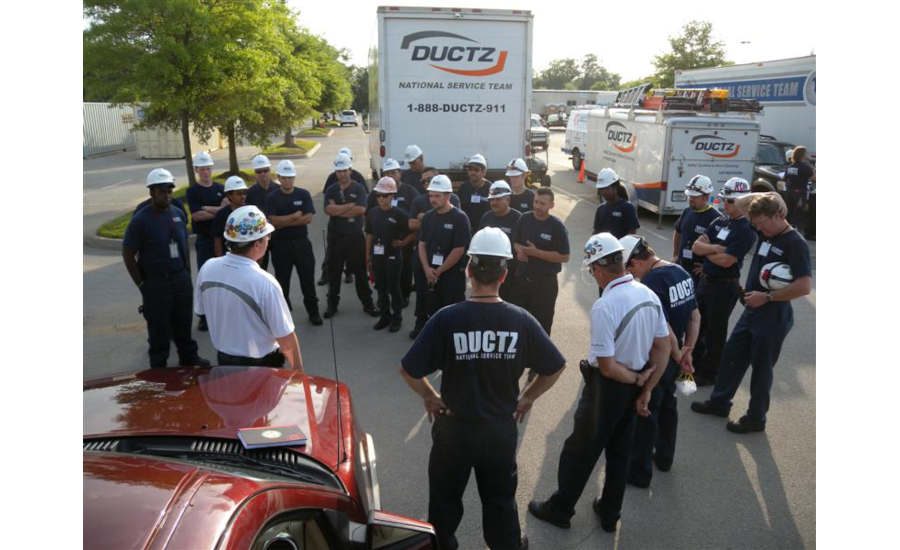
If you’d like to learn more about BELFOR Franchise Group and how you can become a part of our leading network of residential and commercial service brands, visit: belforfranchisegroup.com/rr9.


